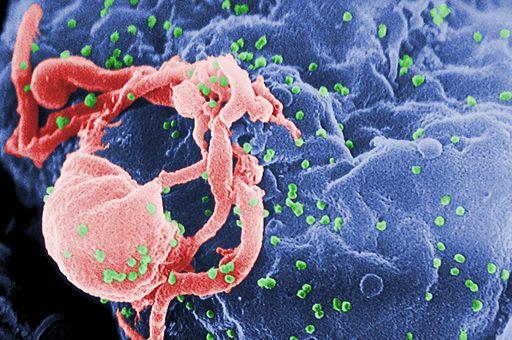Don Sapatkin has a really interesting piece up at philly.com right now. It chronicles the origin of the “patient zero” narrative. If you’re not familiar, the story is that all known cases of HIV in the United States can be traced back to a single, unusually promiscuous individual, a flight attendant from Canada named Gaetan Dugas. While a lot of people have known this to be bunk basically since it was published, many others seem to believe it. I first encountered it on a message board where it was posted as an interesting factoid.

What Sapatkin’s article reveals is that the entire “Patient Zero” story was a calculated PR strategy by HIV researchers and public health officials who had become desperate to bring the disease into the public eye. According to the people quoted in the article, it worked. According to others, the effect on Dugas was ruinous, and his treatment utterly inhumane. It’s entirely possible that both are correct.
Public health issues involving marginalized populations and large amounts of stigma create the most delicate science communication tasks. Inviting society to place the blame for HIV and AIDS on promiscuous gay men was a dangerous move—and almost certainly did quantifiable damage. I’ll leave it to scholars in the field to determine whether it was worth it, and whether the same results could have been achieved as quickly without trying to use bigotry as a lever.
This is also an interesting case study to consider in other, less catastrophic science communication settings. What do you do if bodies are piling up, and the policymakers have no incentive to pay attention? If the truth is too boring for the headlines? If there simply isn’t time? And how many myths can you make before you lose your credibility completely?